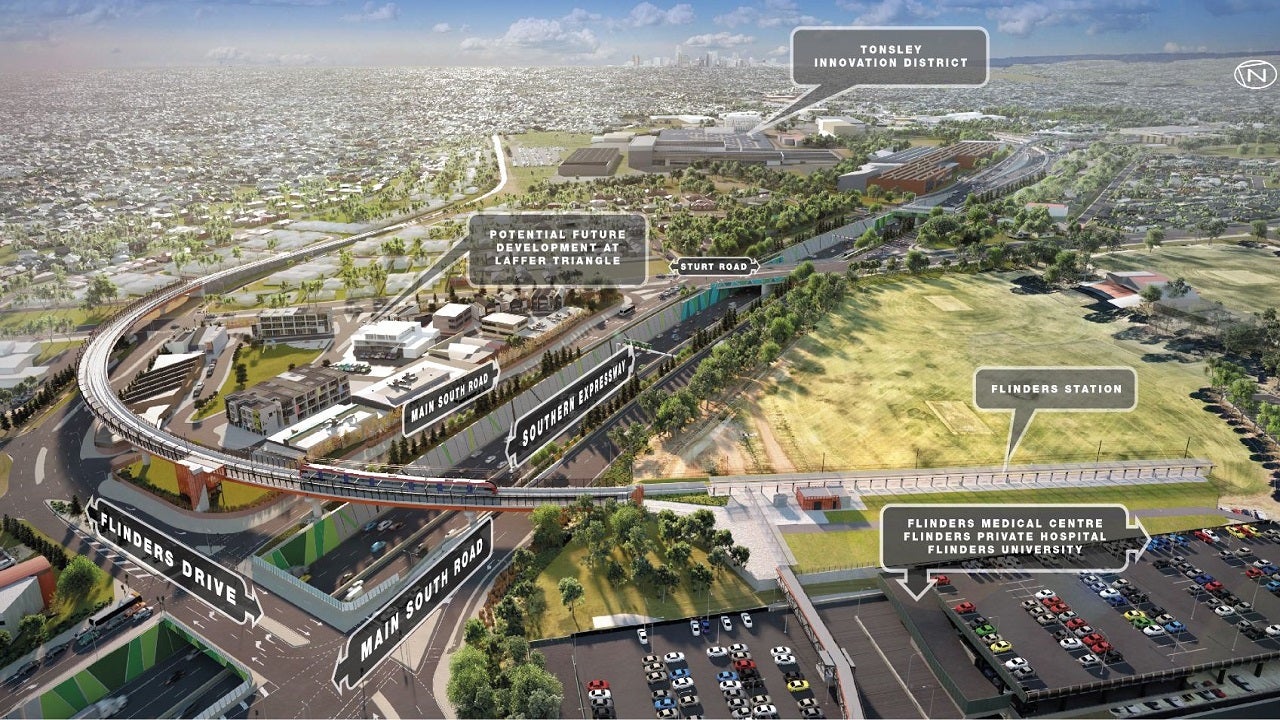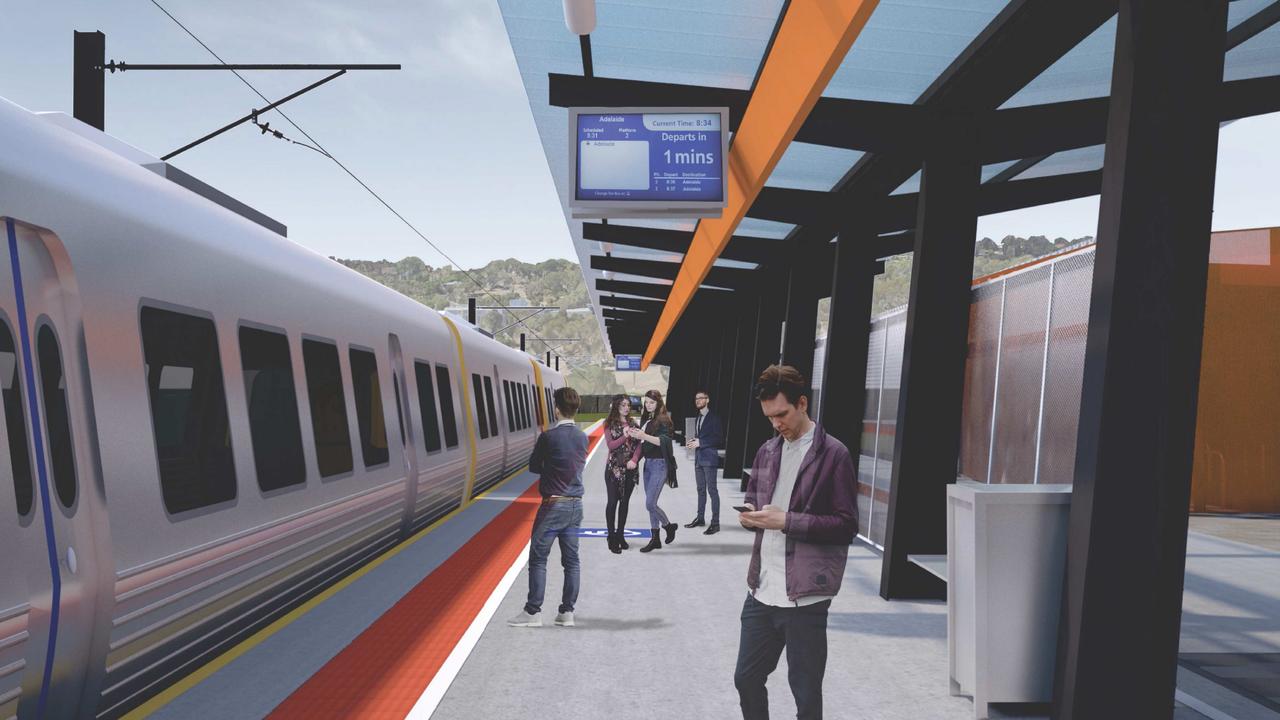The Flinders Link Project is an extension of the existing Tonsley railway line to the new Flinders railway station in Adelaide, South Australia.
A joint initiative of the Australian (Morrison) and South Australian (Marshall) Governments, the project aims to establish connections to health, innovation, and education precincts. It was implemented by the Department of Planning, Transport and Infrastructure (DPTI) of South Australia.
Construction of the project started in April 2019 and the Flinders railway line and Flinders and Tonsley railway stations were opened for public use in December 2020.
The Flinders rail link reduces travel time between Flinders and Adelaide Central Business district by 30 minutes and improves accessibility to Flinders University. The project connects the Flinders and Tonsley precincts to the greater Adelaide rail network.
The project is expected to support up to 55 full-time equivalent jobs a year throughout its life.
Flinders Link Project details
The Flinders Link Project extended the existing Tonsley rail line by 650m. It included the construction of a 520m elevated single track over Sturt Road, Laffers Triangle and Main South Road to connect Flinders Medical Centre and Flinders University to the main rail transport network.
The new Flinders station was built next to the Flinders Medical Centre. A pop-up community plaza has been built to connect the Flinders station to the university.
A completely enclosed, wheelchair-accessible, elevated pedestrian and cycle path was built adjacent to the elevated railway line, allowing users to walk straight from Flinders station over to the Flinders Medical Centre. The elevated walkway can be accessed from a new ramp facility built near the intersection of Sturt Road and Birch Crescent. It is provided with full-height cladding for public safety.
Pedestrian access is provided between Flinders railway station, Flinders Medical Centre, Flinders University, and Flinders Private Hospital.
A new Tonsley railway station has been built next to the Tonsley Innovation District, replacing the Clovelly Park station. The new station is equipped with information screens for displaying information on the train schedule in real time.
New Flinders railway station details
A 150m canopy, made of white semi-transparent polycarbonate sheeting, has been installed at the Flinders railway station to provide shelter for students, health professionals and other rail passengers.
The Flinders station has created cycle parking for up to 30 cycles within the station building and an additional 12 spaces in the open area. The station building also has bike parking facilities and a common equipment room, which provides signalling and associated equipment.
Financing
The Flinders Link Project was funded jointly by the governments of Morrison and Marshall to the tune of $70.5m.
The Federal Liberal and National Government committed $62.5m for the project.
Contractors involved
Gateway South, a joint venture between Fulton Hogan and Laing O’Rourke, was awarded the contract to design and construct the project in 2019.
Specialised Solutions, an Australian manufacturer of prefabricated modular structures, has been contracted by Gateway South to supply more than 900 linear metres of anti-throw screens for the project. A total of 88 suppliers and 59 subcontractors were engaged for the project.
Bowhill Engineering and SA Structural were engaged to manufacture 20 steel girders with lengths ranging from 30m to 50m to form the base of the new bridge structure.
ProManage, a project management company based in Australia, carried out the design, coordination and safety review process for major civil works, including continuous flight auger (CFA) piling and a network of steel box girder structural elements. The company also assisted in the installation of precast panel retaining wall systems.
Caledonia Group offered access and edge protection services using an innovative multi-slab clamp system instead of conventional drill-in anchoring. Caledonia’s edge protection proposal avoided expensive patching and rework involved with conventional anchor bolts.




